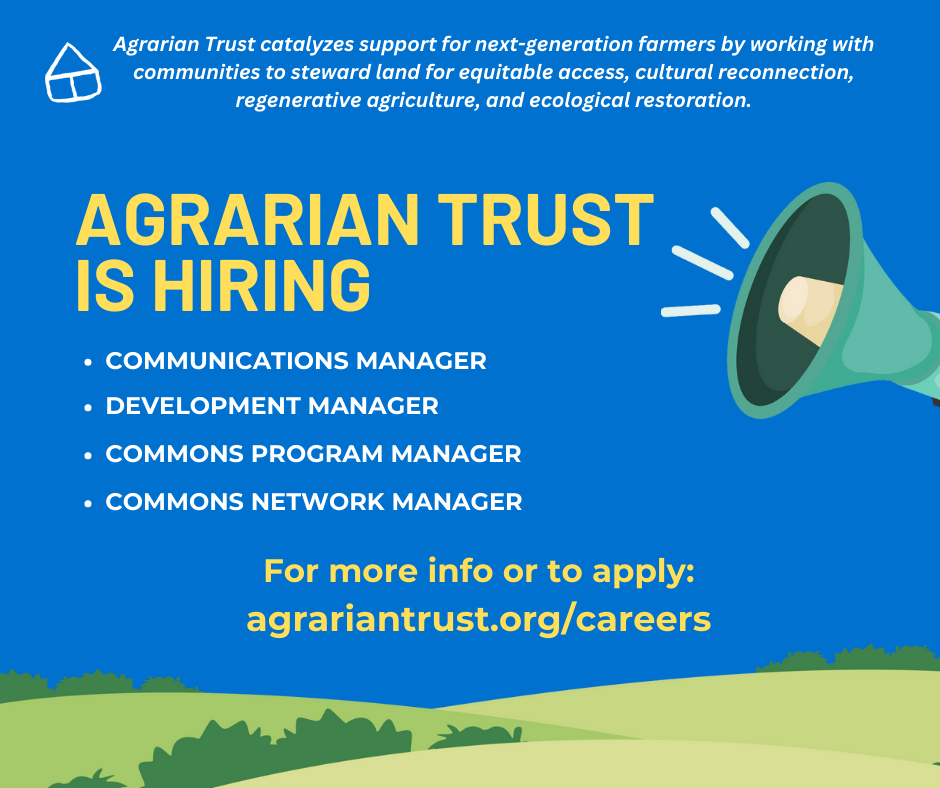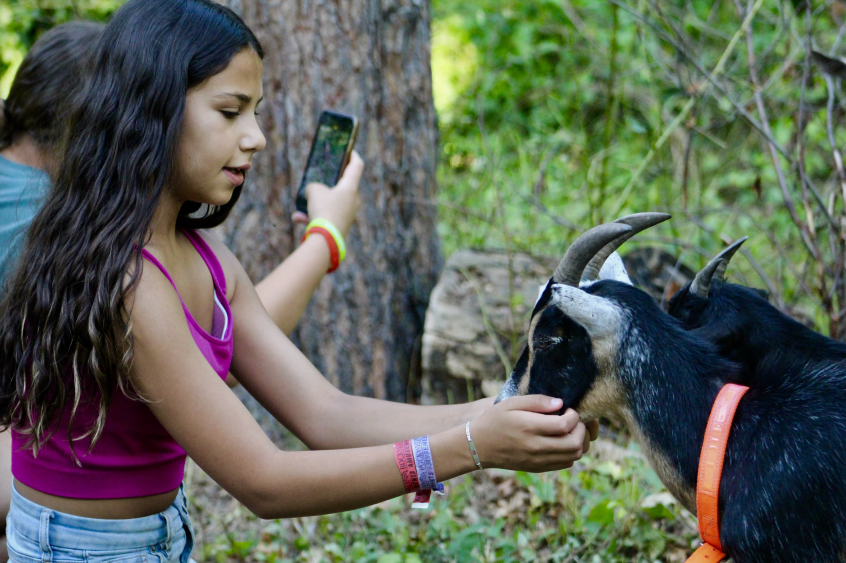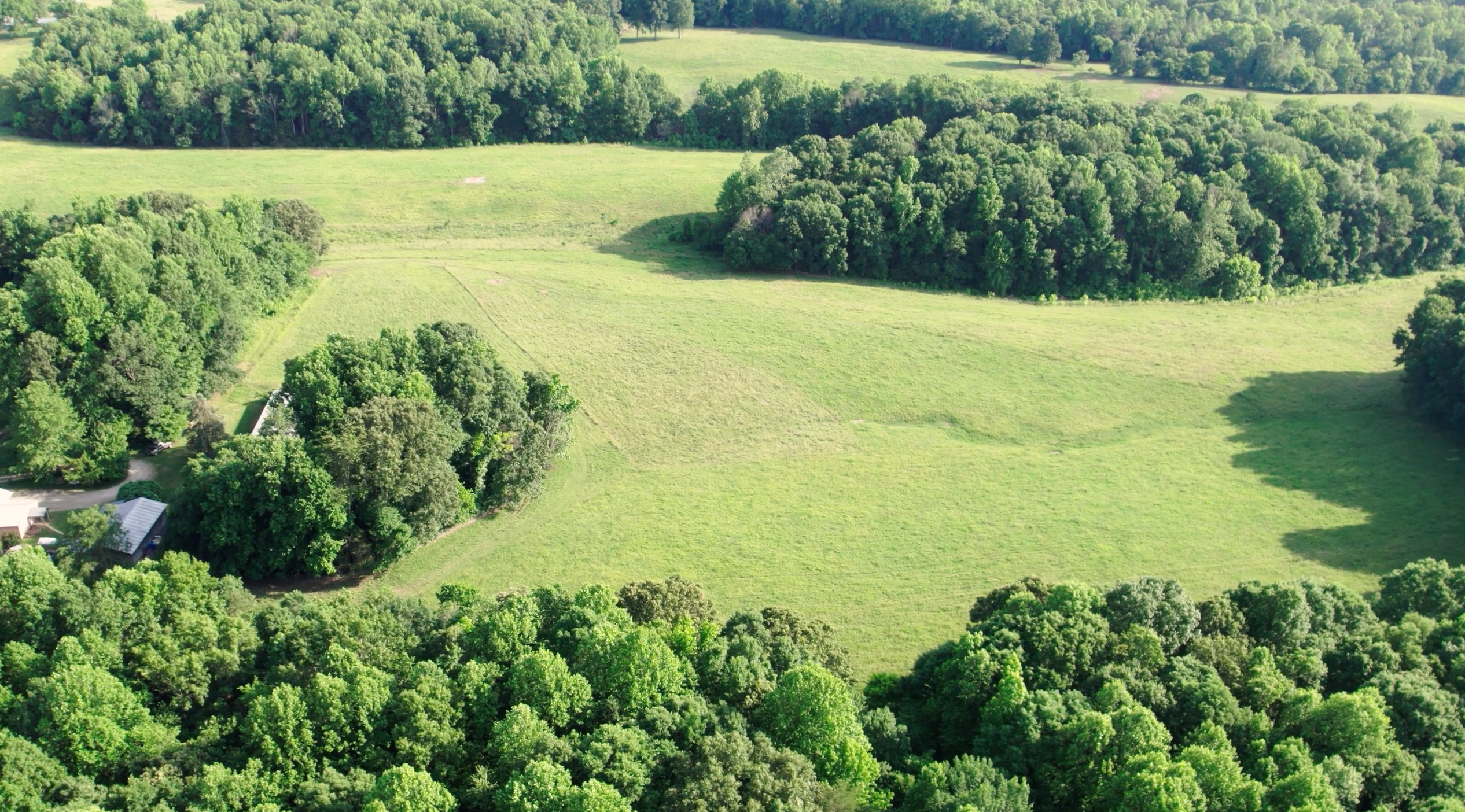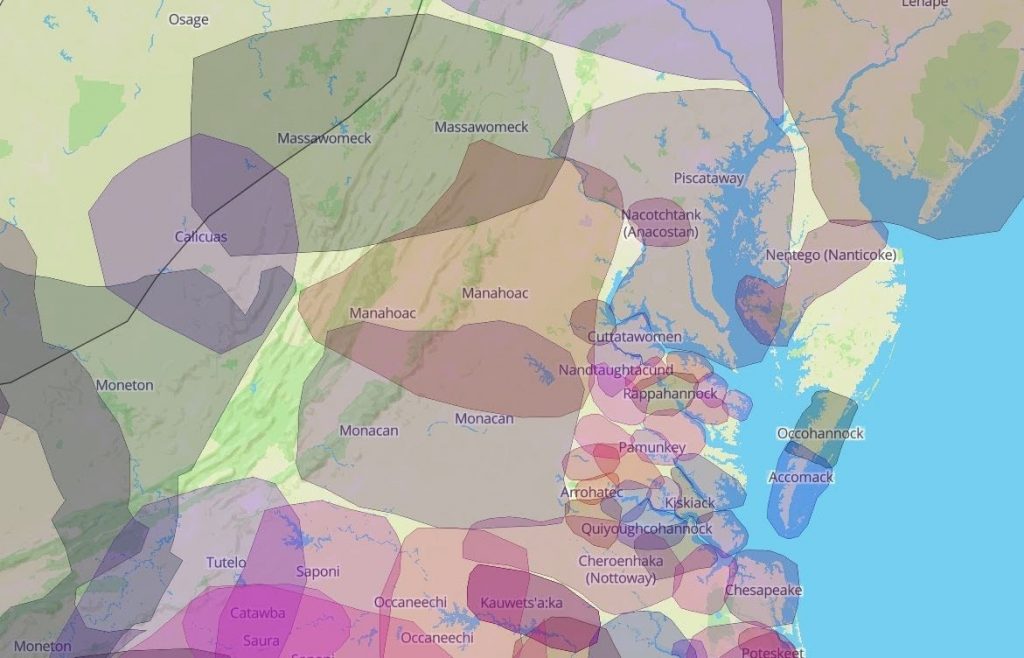When Justin Rich called Yankee Farm Credit to see about a loan for the $40,000 in improvements to one of his barns, he faced a complicated system not set up for small farmers.
“They said they didn’t have a way to process such a small loan,” said Justin. “They’re set up for commodity loans. Real estate is more secure than that. The interest rates don’t match up.”
The difficulties with traditional farm credit didn’t dissuade Justin and his wife, Lindsay Lyman-Clarke, who own Burnt Rock Farm in Huntington, VT. It did lead them towards a non-agricultural based financing option for their 900 square foot barn improvement: a home equity loan.
The duo purchased the riverside property in 2008 in a foreclosure auction. The house, 150 year-old barn, two-car garage and about 12 tillable acres went to the highest bidder at $215,601. Again, the couple used a traditional route. “The market was seizing up. No one could get access to capital. The only people buying were first time home-owners with a down payment,” shared Justin.
When the property dropped gradually from an asking price of $350,000, the couple put in an offer of $220,000. The bank rejected it and sold it at auction the next morning, where they made the deal. For less than their original offer. They made the down payment, moved in and started farming.
“It was a lot of self-financing, working other jobs, on other farms,” says Justin. Lindsay still works a job in town, and Justin worked at several local farms during the first years at Burnt Rock.
It wasn’t for a lack of looking for other options. Justin considered starting a farm in Burlington’s Intervale, a farm incubator program. He also shared that he had responded to a Vermont Land Trust Request for Proposal for a farm property in nearby Hinesburg, but in Vermont there is no shortage of eager young farmers, and the property went to a couple with an established farm.
Even the established Current Use Program in Vermont doesn’t make it easy for small farms. The program, designed to offer tax breaks for land in agricultural use enrolls farms over 25 acres automatically. Burnt Rock and other viable small farm businesses have to do the legwork to get Current Use paperwork in for a September deadline, a notoriously busy time for farmers.
The small farmer is emerging in droves. Justin remarked on the many young people farming in Vermont. The resources to help the new agrarian succeed are a step behind. Justin and Lindsay’s story is a good reminder that even in areas where sustainable agriculture is booming, the work still remains.
Small creativities sneak up: Justin and Lindsay put the $5,000 they would have spent to rent a tent for their wedding towards a 25×200 3-season super tunnel, and hosted their guests where they would soon sow their crops.
The network of support is only now aligning its support beams above the strong foundation of new agrarians, ready to dig in. “We all have to be more excellent at what we do,” said Justin. His advice to young farmers? “Find something that suits your strengths.” And watch them grow.
Resources






